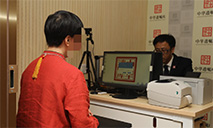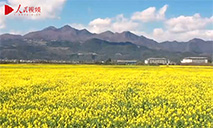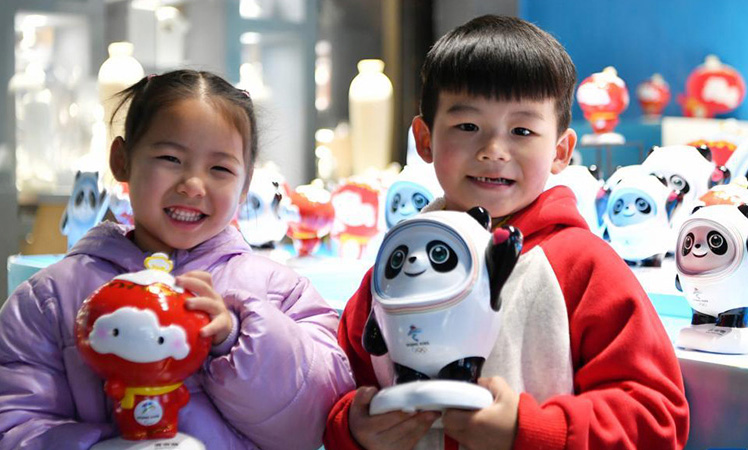Tie-dyeing: traditional folk technique of Bai ethnic group reveals beauty of Yunnan
When creating a piece of clothing using tie-dyeing techniques, a craftsperson will first use a needle to embroider different patterns onto a piece of white cloth made of cotton or a mixture of cotton and linen, and then will proceed to dye the cloth with a sky-blue colored dye extracted naturally from plants. The final step involves drying the artwork under the sun before the piece of cloth dyed in blue and white colors is completed.
The tie-dyeing techniques of the Bai ethnic group in southwest China’s Yunnan Province was listed as a form of national intangible cultural heritage in 2006. The techniques involve complex procedures, including creating patterns on the surface of a piece of cloth, forming various knots on the cloth, dipping and dyeing it, and drying the completed piece under the sun, among other steps.
Nowadays, tie-dyeing workshops can be found everywhere in Dali Bai Autonomous Prefecture, Yunnan. Their products, which showcase a variety of patterns and rich colors, have won the hearts of tourists visiting the locality.
There is a Chinese expression that literally says “the color blue is made out of indigo but is more vivid than indigo,” which reveals to people where the dyes used in the tie-dyeing craft come from. The same exact expression, when used figuratively, refers to a situation when “the student surpasses the teacher,” also vividly expressing the repeated inheritance and innovation of the craft through the efforts made by generations of inheritors from the Bai ethnic group.
Duan Yinkai, a 46-year-old woman from the Bai ethnic group in Zhoucheng village of Dali, is an inheritor of the tie-dyeing craft. Over the past years, the woman has continued devoting significant effort to carry forward the craft by opening a tie-dyeing workshop, establishing a tie-dyeing craft museum, organizing training classes and teaching the craft at schools.
(Web editor: Zhang Wenjie, Liang Jun)
 Increasingly more young adults in China register wills that include virtual assets
Increasingly more young adults in China register wills that include virtual assets Rapeseed flowers turn NW China's Luoping into picturesque spring wonderland
Rapeseed flowers turn NW China's Luoping into picturesque spring wonderland Why do people in China fall for animated characters like LinaBell and Bing Dwen Dwen?
Why do people in China fall for animated characters like LinaBell and Bing Dwen Dwen? Photo Album: architecture in Beijing merging history and modernity
Photo Album: architecture in Beijing merging history and modernity





